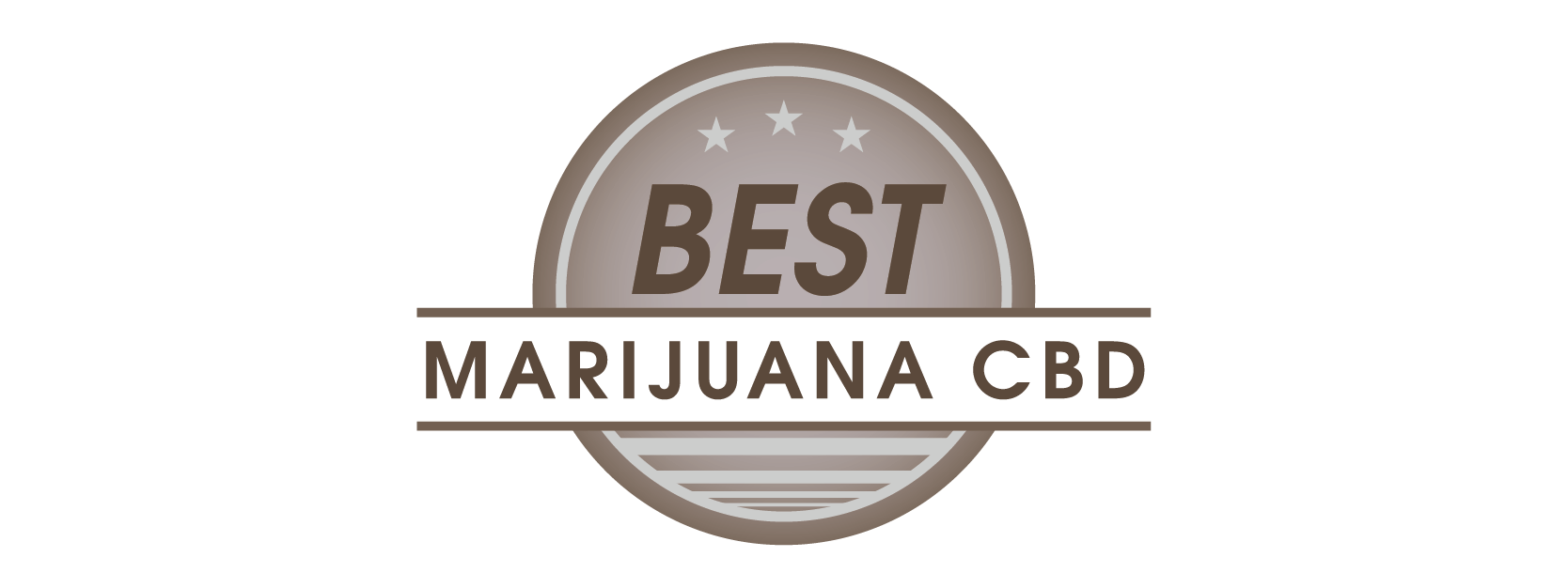Yes — but the landscape remains fragmented. CBD (cannabidiol) products exist in a regulatory gray area, where oversight comes from general consumer safety laws and voluntary industry practices rather than unified federal rules. Below is a look at current standards and what they mean for manufacturers and consumers.
Labeling Requirements: What the Law Requires (and Doesn’t)
1. FDA and FD&C Act Framework
CBD products in the U.S. must follow the same general labeling laws that apply to foods, cosmetics, and supplements under the Food, Drug, and Cosmetic (FD&C) Act. Key requirements include:
- Identity statement: Clearly state what the product is (e.g., “Full-Spectrum CBD Oil”).
- Net quantity: Show product weight or volume and, if relevant, CBD amount per serving.
- Ingredient list: Include all ingredients, listing CBD or hemp extract specifically.
- Warnings: Some states require cautionary language such as “Do not use if pregnant” or “Not evaluated by the FDA.”
- Truthful claims only: Labels cannot make disease treatment claims without FDA approval.
- Cosmetic compliance: If a topical product, it must follow standard cosmetic labeling rules like ingredient order and batch code.
There is no CBD-specific federal labeling rule. The FDA has stated that the current regulatory framework is inadequate for CBD and has urged Congress to develop a new pathway for regulation.
2. State and Local Requirements
Because federal standards are limited, many states have implemented their own labeling rules. These may require disclaimers, THC content statements, lot codes, and drug test warnings. Manufacturers operating nationwide often adopt the strictest state requirements to ensure compliance everywhere.
Testing and Laboratory Standards: Ensuring Safety and Accuracy
CBD testing plays a vital role in protecting consumers and ensuring transparency. Though federal mandates are limited, several recognized standards guide how testing should be performed.
1. Laboratory Accreditation
Many hemp testing labs seek accreditation under ISO/IEC 17025:2017, which ensures accuracy, repeatability, and quality assurance in testing. Accreditation verifies that labs follow standardized methods and produce reliable results.
2. Validated Analytical Methods
Labs commonly use validated scientific methods such as HPLC (high-performance liquid chromatography) or LC-MS (liquid chromatography–mass spectrometry) to measure cannabinoids. The U.S. Department of Agriculture recommends AOAC SMPR 2019.003 as the benchmark method for cannabinoid quantification in low-THC hemp.
3. Full Panel Testing
A comprehensive “full panel” test typically screens for:
- Potency (CBD, THC, and minor cannabinoids)
- Residual solvents from extraction processes
- Pesticides and heavy metals like lead, cadmium, or mercury
- Microbial contamination including yeast, mold, and Salmonella
- Mycotoxins and terpenes
These tests ensure products are both potent and safe for use.
4. Certificates of Analysis (COAs)
Reputable manufacturers provide a Certificate of Analysis summarizing third-party test results. A valid COA includes batch numbers, testing methods, lab accreditation, and potency and purity data. Consumers should look for a QR code linking directly to the COA to verify authenticity.
5. Voluntary Certifications
While not required, many brands pursue certifications such as NSF/ANSI 173 or NSF 306, which verify purity, THC compliance, and good manufacturing practices (GMP). These help build trust in a market where oversight is inconsistent.
Gaps and Consumer Implications
Despite these frameworks, consistency remains an issue. FDA investigations have found mislabeling to be common—some CBD products contain significantly more or less CBD than advertised, or detectable levels of THC. State testing standards also vary, creating a patchwork of regulations across the U.S.
For consumers, reliability often comes down to transparency. The best CBD brands provide:
- A recent third-party COA
- Testing by an ISO-accredited lab
- Clear labeling with batch codes and dosage information
- Evidence of GMP-compliant production
While labeling and testing standards for CBD do exist, they are drawn from general consumer safety laws and voluntary programs. Until Congress establishes a dedicated CBD regulatory framework, third-party testing and honest labeling remain the strongest assurances of product safety and quality in today’s marketplace.
